Project scheduling solutions serve as the backbone for successful project delivery. Whether managing a small team or coordinating large-scale capital projects, the right project scheduling solution ensures structure, accountability, and visibility across the lifecycle of a project. By translating big-picture goals into detailed, executable tasks, scheduling solutions provide the clarity needed to manage timelines, resources, and risks with confidence.
This article explores the foundational principles of project scheduling solutions and examines how advanced enterprise tools like Oracle Primavera P6 elevate scheduling from a tactical exercise to a strategic advantage.
Core Principles of Project Scheduling
At its core, project scheduling is more than building a timeline—it is a cyclical process that begins before execution and continues through delivery. A strong project scheduling solution should support these critical principles:
-
Defining Deliverables and Tasks
Every schedule starts with clearly defined deliverables. Large goals are broken into smaller, manageable tasks. This decomposition not only makes estimation more accurate but also ensures nothing falls through the cracks. -
Identifying Dependencies
Dependencies establish the logical flow of work—what must be done first and what can be done simultaneously. A robust scheduling solution should highlight these relationships and allow project managers to visualize the impact of sequencing decisions. -
Sequencing and Duration Estimation
Once tasks are defined, the next step is sequencing them in the correct order. Accurate duration estimates, ideally informed by the collective expertise of the project team, prevent unrealistic timelines and resource strain. -
Resource Assignment
Matching resources to tasks requires balancing skillsets with availability. A good scheduling tool provides visibility into workloads, preventing bottlenecks and avoiding over-reliance on key individuals. -
Monitoring and Adjusting
A finalized schedule is not static. Continuous tracking—using Gantt charts, calendars, or dashboards—ensures progress is aligned with goals and allows for timely adjustments when challenges arise.
These fundamentals create a disciplined framework that a project scheduling solution must support. Yet, in today’s complex project environment, organizations often require more than basic scheduling features.
The Difference Between a Project Plan and a Project Schedule
It’s important to distinguish between a project plan and a project schedule.
-
A project plan defines the project’s scope, goals, budget, and methodologies.
-
A project schedule dives into the details—specific tasks, dependencies, milestones, and resources.
While the plan provides direction, the schedule provides execution. An effective project scheduling solution bridges the gap between these two, ensuring that strategy is consistently translated into action.
Enterprise-Grade Scheduling with Oracle Primavera P6
For industries where projects are large, complex, and high-stakes—such as engineering, construction, aerospace, defense, and oil and gas—basic tools are not enough. Oracle Primavera P6 has become the industry standard project scheduling solution for organizations needing rigorous control and scalability.
Why Primavera P6 Stands Out
-
Scalability: P6 supports everything from small teams to tens of thousands of users managing millions of activities across hundreds of projects.
-
Structured Methodology: Its Work Breakdown Structure (WBS) enforces best practices, ensuring projects are consistently broken down into manageable components.
-
Centralized Database: Unlike file-based systems, P6 uses a centralized platform where updates are synchronized in real time. This guarantees data integrity and provides a single source of truth for all stakeholders.
-
Comprehensive Capabilities: Beyond scheduling, P6 integrates cost control, resource management, risk analysis, and reporting, providing an end-to-end solution.
By embedding scheduling into a broader project portfolio management (PPM) framework, P6 transforms scheduling from a task-tracking exercise into a strategic function that drives performance and accountability.
Project Scheduling Solutions for Overcoming Scheduling Challenges
Even the best schedules face obstacles. Common issues include:
-
Inaccurate Task Estimates: Avoided by involving the full project team in estimation.
-
Resource Over-Allocation: Prevented through load balancing and real-time visibility into workloads.
-
Outdated Information: Solved by using centralized, cloud-enabled solutions like Primavera P6 that keep everyone aligned with the latest data.
A well-implemented project scheduling solution addresses these challenges by combining structured methodology with collaborative, data-driven tools.
Conclusion
In today’s competitive landscape, the success of a project often hinges on the quality of its schedule. The right project scheduling solution transforms vague objectives into a precise roadmap, ensuring deliverables are met on time and within budget.
For small to mid-sized projects, foundational tools may suffice. But for enterprises managing multi-million-dollar initiatives, solutions like Oracle Primavera P6 provide the rigor, scalability, and reliability needed to maintain control in complex environments.
Whether you are just beginning to formalize your scheduling process or are ready to adopt enterprise-grade tools, investing in the right solution is an investment in your project’s success.
ABOUT CMC PROJECT SOLUTIONS
The future of project management demands more than adaptability — it requires expertise in aligning people, processes, and technology. At CMC Project Solutions, we help organizations embrace innovation and prepare for the next generation of PMO leadership.
As a multidisciplinary engineering and construction consulting firm, we specialize in project management, staffing augmentation, and PMO support. Certified as both a WBE and DBE, we partner with public and private organizations nationwide to implement forward-thinking strategies that drive success.


